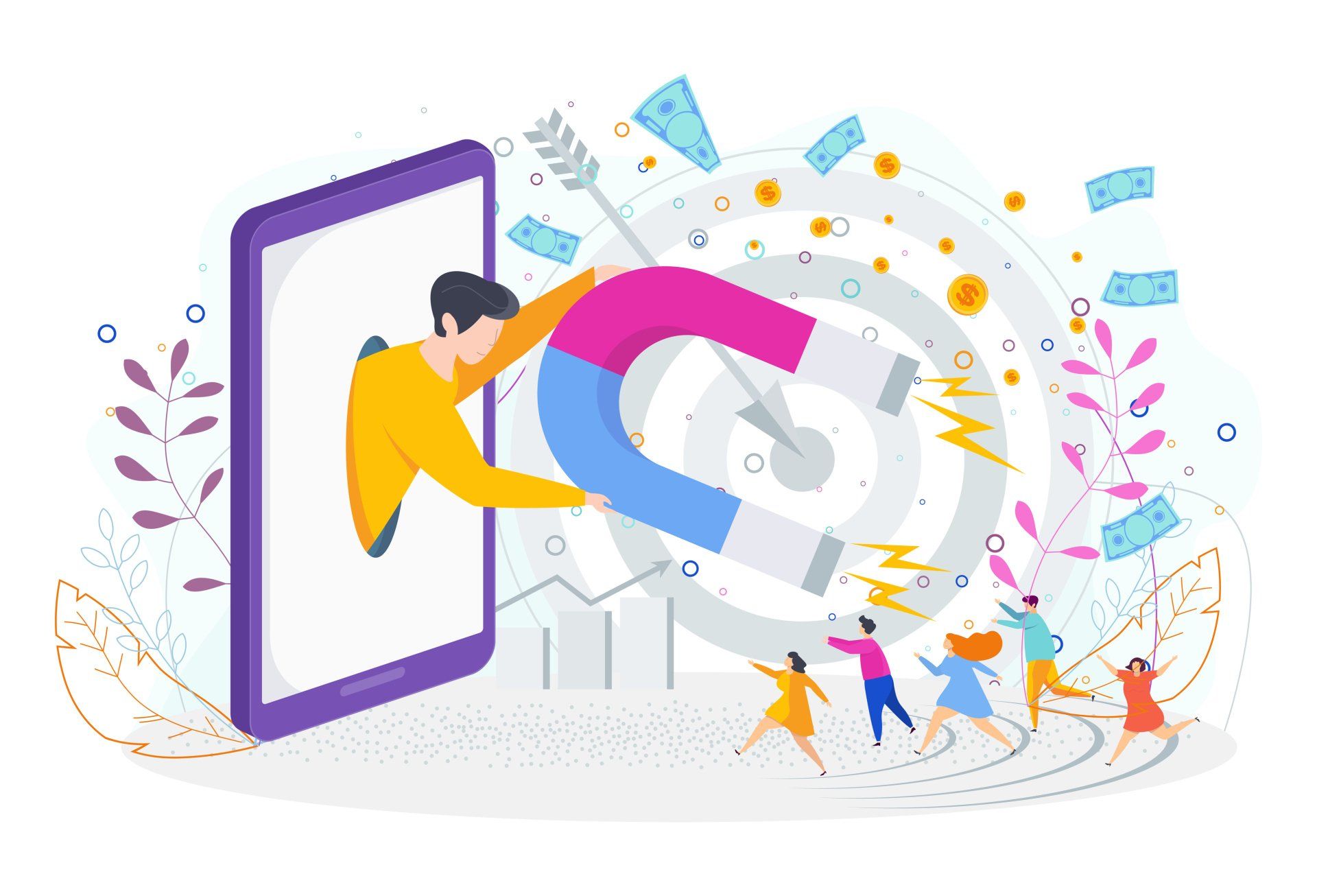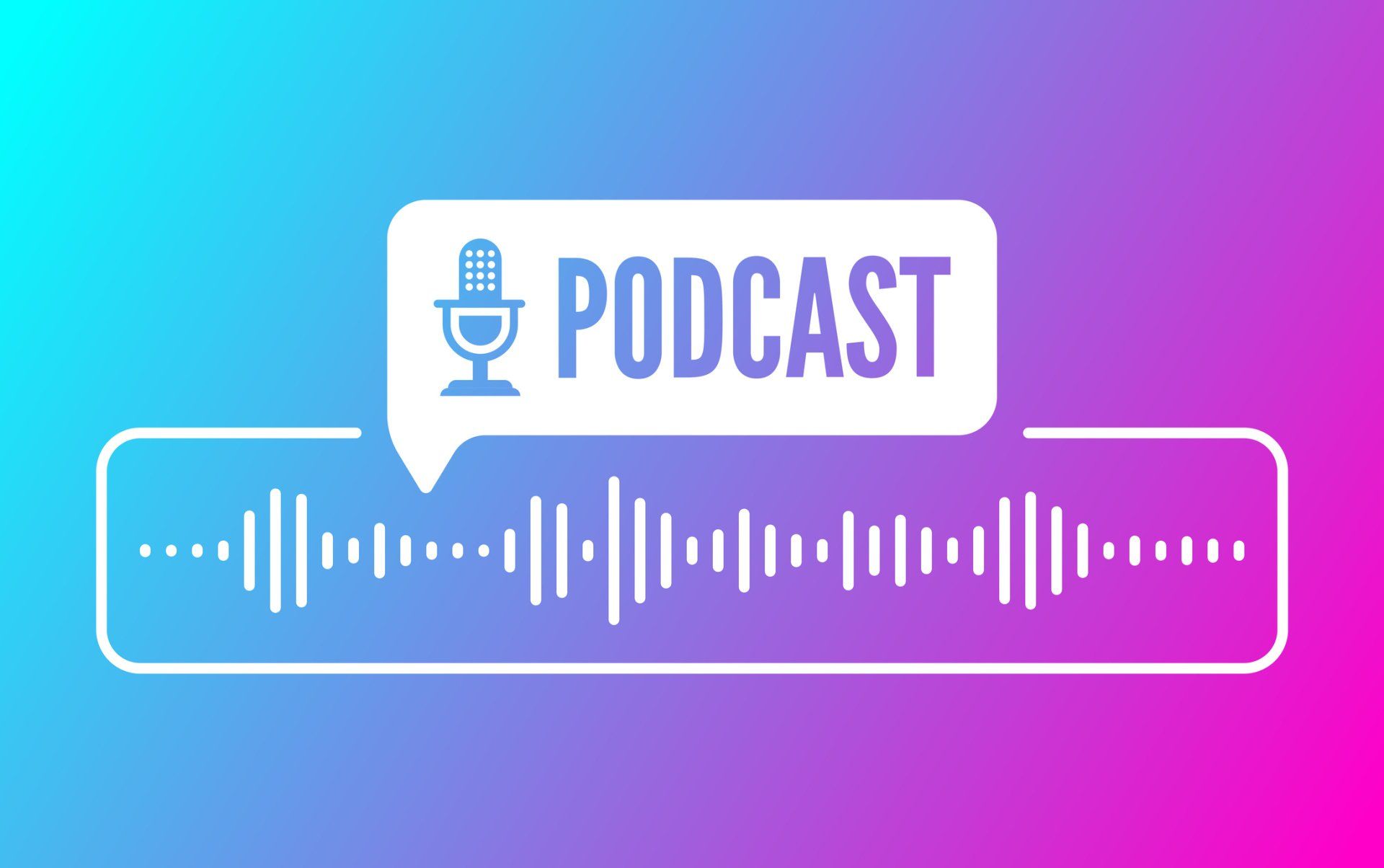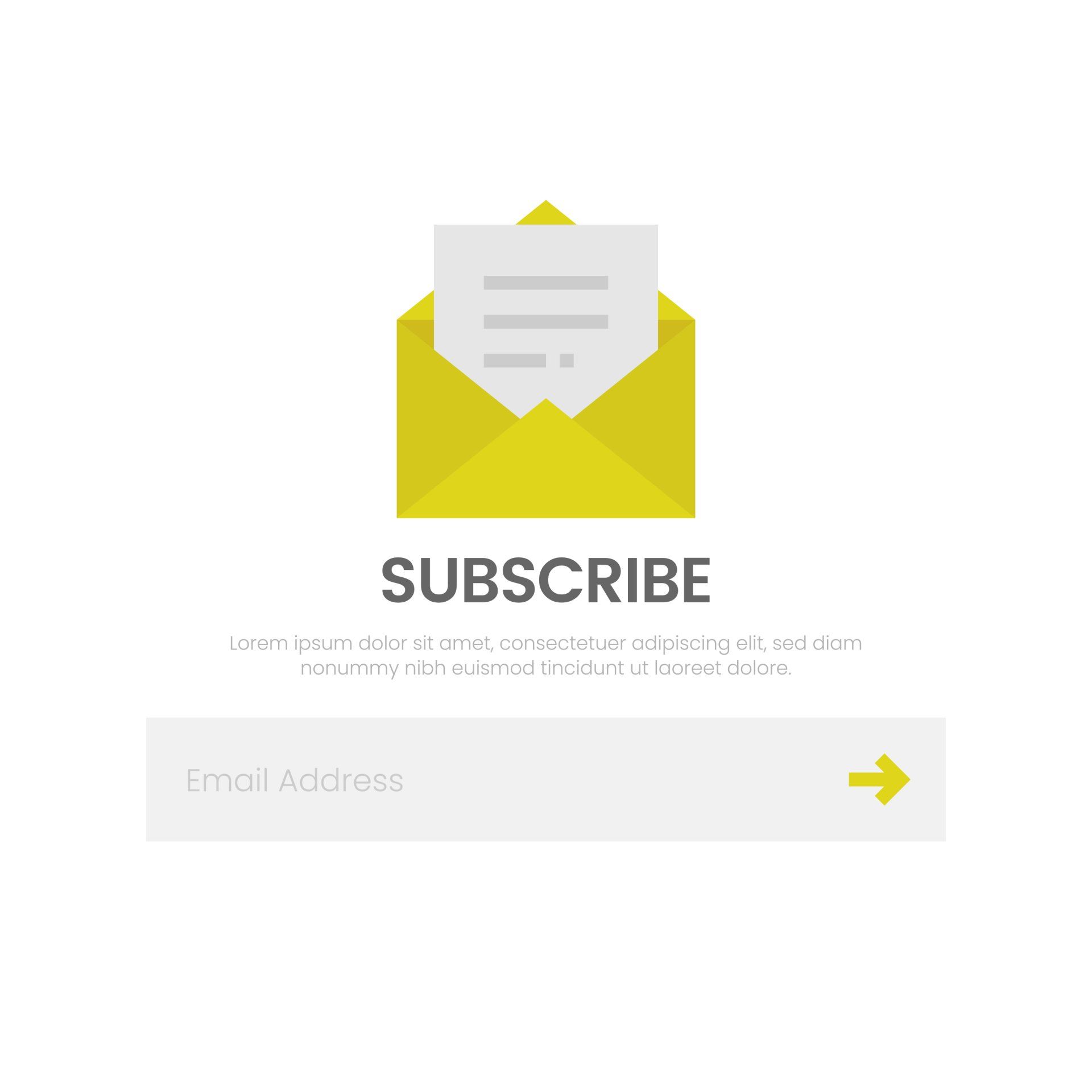Part 2: 22 lead magnet tips to turn your website into a sales superstar
Converting website visits into sales isn’t an easy process, but there are ways to increase the likelihood of visitors going on to convert. One of the best ways of doing that is through lead magnets.
Lead magnets are something free, which visitors would find valuable, and are offered in return for an email address. They help you start to build a relationship with website visitors before they have even decided to buy from you.
They are a great way to start engaging with customers and potential customers, and show that you care about them, which builds trust in your brand and product or service.
Lead magnets take many forms (we will talk about some of them below). Select the ones which will work for your business, your industry and, most importantly, your customers.
Whatever your industry, product or service, lead magnets should share these characteristics:
· They need to solve a problem
· They should be specific, simple and valuable to a visitor
· They must fulfil the promise you make about them
· They should relate directly to your business and what it has to offer
· They should be instantly accessible – preferably available to download immediately

1. Know your audience
For your prospective customers to take action and sign up for your lead magnet, it needs to be relevant to them. The more you know about your audience and the problems and issues they want solving, as well as what motivates them to take action, the easier it will be to create a lead magnet that works for them.
Most businesses will be trying to reach more than one demographic and will also be trying to target people at different stages on their customer journey – whether that is the first time they’ve visited your website or a returning customer. So one size won’t fit all for your lead magnet!
2. Repackage your best performing content
The chances are that you’ve already got the perfect content for a lead magnet on your blog, or maybe one of your videos. Go through your existing content and find out what is already performing well for you.
Then repackage it into something new – like an ebook, downloadable checklist or template – and you’ve created a lead magnet which visitors to your site will be happy to give their email address for.
3. Test your lead magnets
A/B testing (comparing one version to another) is essential to make sure a lead magnet is going to work as well as possible for you. Even when it is bringing significant traffic and conversions to your site, you can’t be sure that you have created the very best version of your lead magnet.
Some things to test include:
· Does seeing an image of the lead magnet on a sign-up page (or pop-up) encourage more people to convert than just seeing the title?
· Do more people sign up from a pop-up or from a link on your site?
· Which sort of lead magnet gets the most sign-ups?
You should also test the design and useability of your sign-up forms.
4. Good design
It’s likely that your lead magnet is based on existing content, but it has to be something better than a visitor could just find on your site.
One way to make it appear more valuable to users is through good design.
If you don’t have an in-house designer, a tool like Canva has a huge range of templates that you can customise, whether you are creating a downloadable checklist, an ebook, a case study or something else.
5. Give it a great name
Your lead magnet might be full of incredibly valuable content and it might look fantastic, but without a great name, most people will ignore it.
The title should be something which very few of your visitors will be able to refuse. It really needs to highlight the benefits and sell them a solution to a problem.
Something like: 15 ways your accountant can make your life better or Easy 10 point house sale checklist could be exactly what your visitors are looking for and help build a relationship with them which could eventually lead to a sale.
6. Update regularly
Depending on the type of lead magnet you produce, it may need updating every six months to a year. Many industries move quickly and advice could soon become outdated, plus you don’t want your visitors to keep getting the same offers every time they visit your site.
If you created an ebook focused on advice for 2021, edit it, update it and repackage it ready for 2022.
So what sort of lead magnet should you create? Here’s a few ideas of lead magnets that work. Remember that you can create them for a number of different subjects, so if, for example, checklists work well for you, keep creating them!
7. Checklist
Instructional blog posts make the ideal basis for a checklist. Simplify your post into a series of bullet points or numbered steps (making sure to remove any points which aren’t actionable).
Offer your checklist in printable form, so that users can actually print it off and physically tick the actions off as they achieve them.
8. Template
Templates make very popular lead magnets because they are so useful. They help people save time because they can just adapt the template for their own purposes and don’t need to create and design something new.
Every industry will have their own ideas for templates which their audience would find useful, but some of the most popular are: emails; spreadsheets; social media; and graphic designs.
9. Cheat sheet
Cheat sheets are very similar to checklists, but they give the user a list of guidelines or a process that they can follow to achieve a specific aim or benefit.
Users like them because cheat sheets save them from having to work something out for themselves!
10. Resource list
As an expert in your own niche or industry, you will know a lot more about your subject than your website visitors. A resource list collects the best resources together into one easy package for users, to save them having to look it all up themselves and also stops them relying on inaccurate or out-of-date information.
Your resource list will ideally be a mix of your own content with content from other authoritative sources.
11. Gated content
Gated content is valuable additional information, which is part of a blog post. For example, a visitor might get to read 10 tips on your blog, but by giving you their email address they get access to an extra 10 tips.
12. Tutorial
A tutorial could be a video or a PDF, but it should teach someone how to do something new or differently.
Getting the headline right is key to getting people to sign up for a tutorial – they want to know what they are going to learn and in how many steps eg 15 steps to financial independence.
13. Webinar
Webinars have become increasingly popular since Covid. They are a great way to learn something new and valuable, without leaving the comfort of your own home or office.
Create urgency with a live event or offer a recording of the webinar for a limited period of time.
14. Ebook
Ebooks are one of the most popular forms of lead magnet. With a great title and great content, they can prove very valuable to users.
But as they are longer than things like checklists and cheat sheets, it is important that you are providing information that users would find helpful, so that they will take the time to actually read what you have to offer.
15. Report
Reports are particularly good lead magnets for B2B companies.
You can either pull together a report from your own surveys and research, or create a comprehensive report from data from a number of sources. Whichever way you do it, your report needs to be interesting, valuable and give an updated story or insights which aren’t readily available elsewhere.
16. Case study
The chances are that your services or products have made a difference to lots of people. Would any of them be willing to share their story?
A written or video case story from a satisfied customer is like a more in-depth online review. It is an opportunity for a real person to share with others what their initial problem was and how your service or product helped them.
17. Quiz
Few people can resist joining a short online quiz. The best quizzes should be fun and lighthearted, even for fairly ‘serious’ businesses. It could be a straightforward multiple choice quiz with right or wrong answers, or it could be one which reveals something like a personality type or something fun like which Harry Potter house you would be in or which breed of cat you would be.

18. Access to a private group
You are an expert at what you do, and you could share that expertise with others through a private group on Facebook or LinkedIn. Rather than just open it up to everyone, offer access to the group as a lead magnet.
19. Free trial
Get visitors more interested in your product or service by giving them a free trial or demo in return for an email address. For businesses like estate agents or car sales, you could offer them a shortened form of a valuation report.
20. Exclusive video
Video is a very popular form of content – they are easy to consume any time, anywhere and are a great way to learn. So exclusive video content makes an excellent lead magnet.
Effective examples include: a demo, training video or ‘how to’ (to use a particular product effectively or learn a new skill); an announcement of a new product or service; case studies; or an excerpt from a webinar.
21. Online demo
Similar to video, online demos are very helpful if you have any products or software which could be difficult to use.
If you have the budget, you could even offer exclusive one-to-one online demos, giving users a chance to ask questions as they learn from your demo. It works both ways, as this will give your business a real insight into prospective customers, what their problems are and how you can help to solve them.
22. Audio
Podcasts have grown hugely in popularity in recent years. So while you might not actually offer a podcast as a lead magnet, you can tap into the growing trend for people listening for both information and entertainment.
Audio content is helpful because people can listen while doing other things, such as driving, housework or exercising.
If you’ve already got great video content, you can even repackage it as an audio lead magnet!
Lead magnets are a helpful and powerful tool to build relationships and ultimately increase sales. They allow you to get to know your customers and to build trust and credibility.
They come in many different forms and are usually fairly simple to create. With so much choice, it should be easy to find the right lead magnets which will really work for your business and help turn your website into a sales superstar.

More Posts.







